Fires, floods and lightning strikes: 5 summer weather hazards hikers need to know about
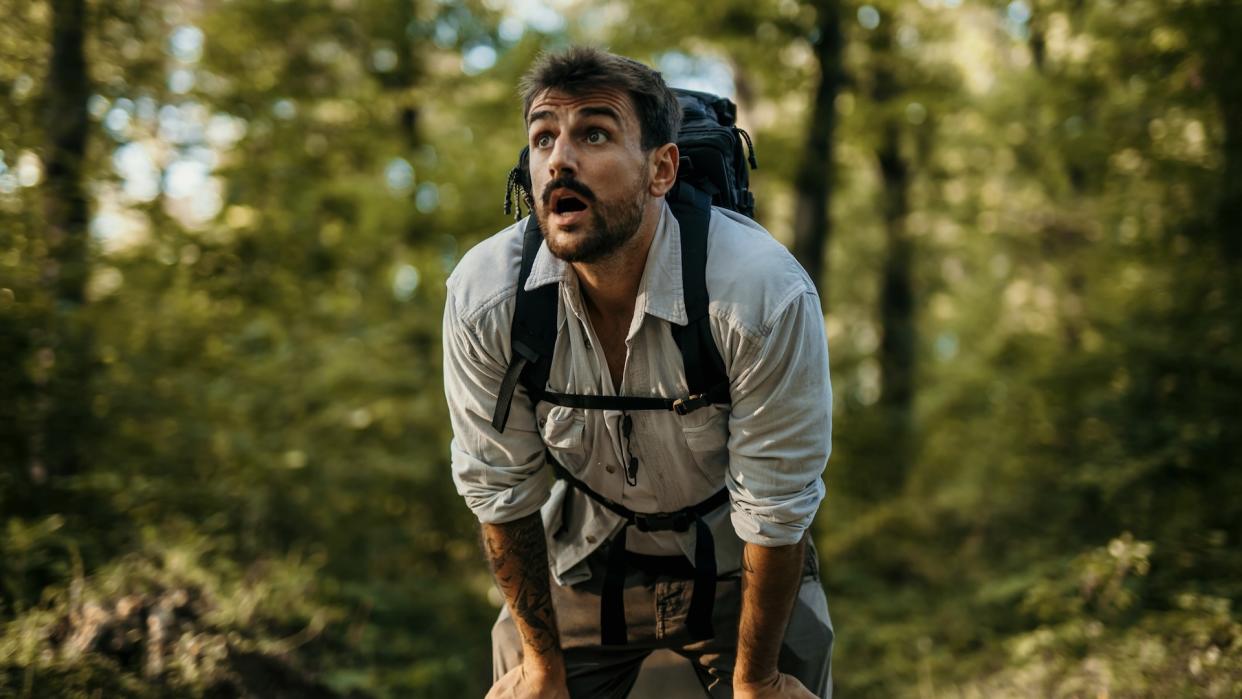
Winter weather brings avalanches, icy trails and dangerous windchill to raise the stakes for hikers, and during that time many of us dream of the days we can lose the bulky fleece, hardshell jacket and heavy hiking boots. How free we will feel when we can dart up mountainsides in shorts and trail running shoes, enjoying the endless days of summer.
And yet, when summer does roll around, it turns out that warmer temperatures bring their own set of meteorological challenges to those of us who like to roam the trails. No, we’re not talking about those fluke summer hailstorms, although they do happen, nor are we talking about tornadoes, which are mostly on the plains (but occasionally do touch down on 14ers). No, we’re talking about a different set of circumstances that you’ll need to be aware of if you’re venturing out on the trail as the weather heats up.
You can probably ditch the crampons and ice axe this summer, but you'll still want to be prepared for the following summer weather hazards.
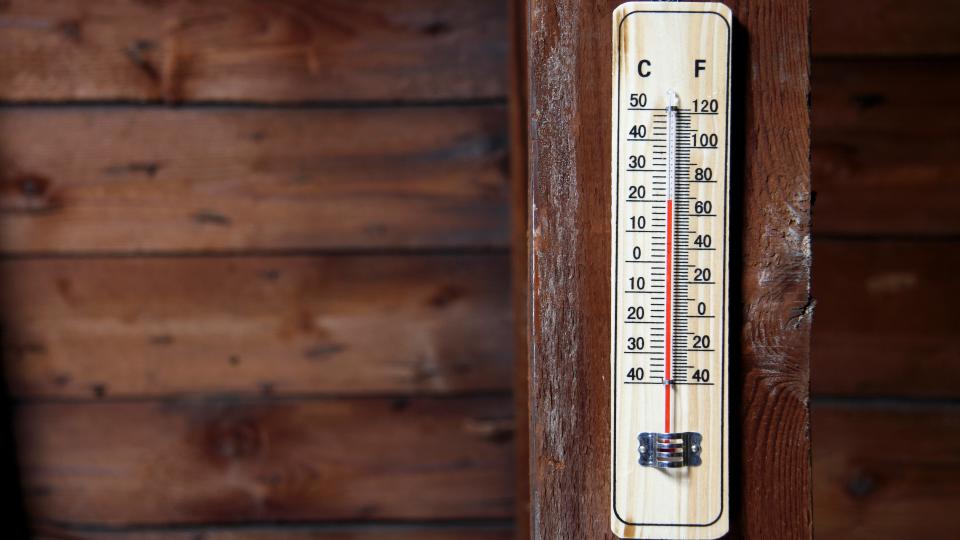
1. Excessive heat
Depending on where you are hiking, you might experience warm weather interspersed with hot spells, or months on end of excessive heat warnings. Regardless of whether it’s a seasonal norm or a temporary spike in temperatures, warmer definitely isn’t better when it comes to hiking.
Hiking in hot weather can be just as dangerous, if not more so, than hiking in cold weather. The combination of hot external temperatures and physical exertion can mean your body generates heat faster than it can lose it through sweating, and this leaves you at risk for dehydration and developing heatstroke, which can be fatal.
The problem is so bad in Arizona, where there were 39 heat-related deaths in a single county in 2023, that officials have started closing hiking trails during the day when there is an Excessive Heat Warning in place
There isn’t an official temperature at which it becomes too hot to hike, however a research paper published in Musculoskeletal Medicine points to anything above 82° C as being in the danger zone. Learn more about how to prevent heatstroke on a hike, fill up your hydration bladder or water bottles before you go, and make sure you read our article with tips for what to wear for hiking in hot weather to stay cool.
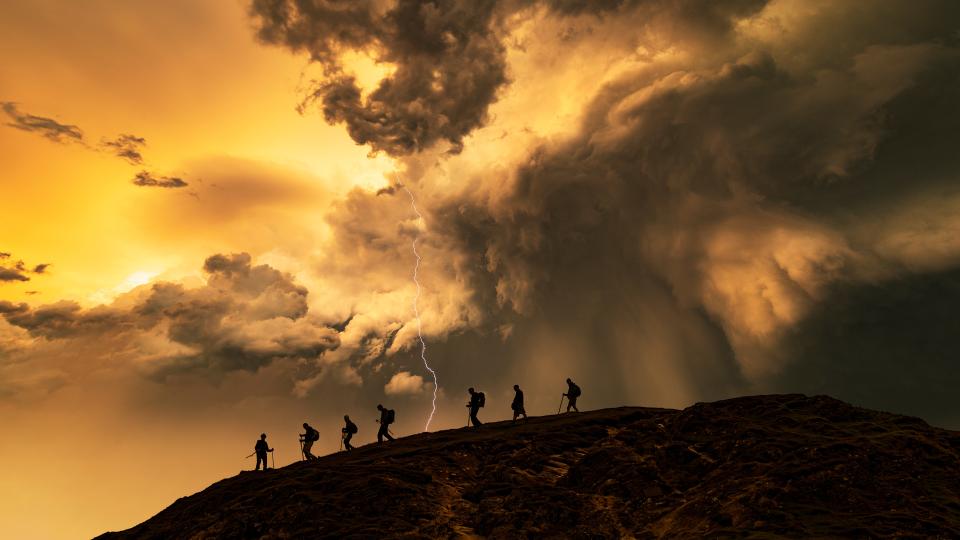
2. Lightning strikes
Warmer weather holds more humidity, which provides perfect conditions for clouds to build and thunderstorms to break out. Though an afternoon thunderstorm in the summer can bring welcome relief from muggy conditions, the lightning that causes that thunder can be an issue – if you’re on top of a mountain when it strikes.
This phenomenon is especially common in Colorado, where 13 hikers were struck by lightning on Mount Bierstadt in 2015, but it’s always a good idea to check the mountain weather forecast anywhere you go for signs of thunderstorms.
Set off on your hike early during the summer months and make sure you’re off the summit and below treeline before the weather turns – noon is a good time to be leaving the mountaintop. Learn more in our article on how to avoid getting struck by lightning.
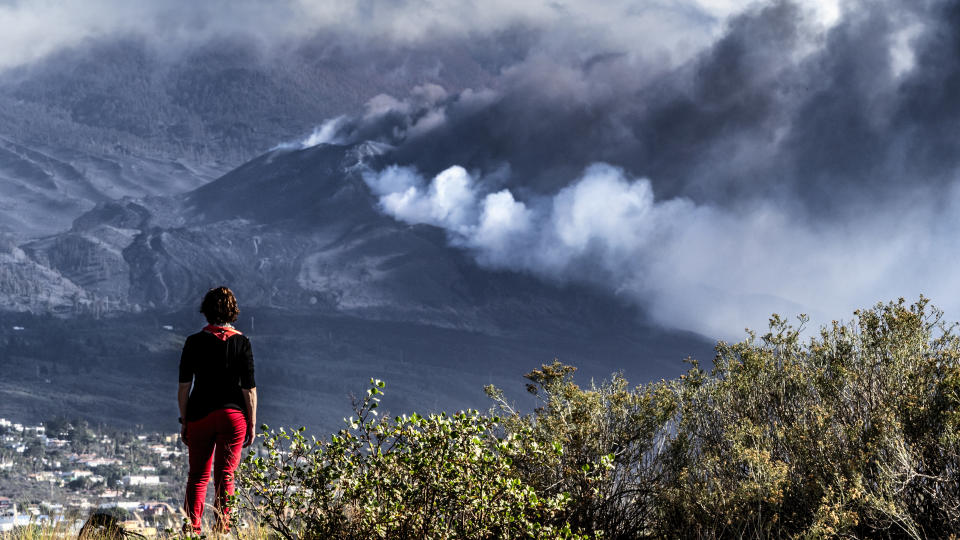
3. Wildfires
Those long hot days of summer turn grass and undergrowth into a tinderbox, and when that lightning strikes, there is a very small chance that it will hit you. There is a decent chance, however, that it will spark a wildfire.
Wildfires are growing increasingly more intense as a result of climate change, and even areas that have typically been free of them are starting to be affected. Wildifres are becoming a big issue for many summer hikers, especially in western states, and it’s important to check local and regional resources to find out about wildfire risk, and current wildfires, in the area where you plan to hike. Learn more in our article on wildfire safety.

4. Poor air quality
Though a wildfire in your immediate area is cause for emergency evacuation, wildfires bring another issue affecting hikers: poor air quality. We all head for the hills to breathe the fresh mountain air, but sometimes wildfires make it impossible to find.
According to the EPA’s guidelines on inhaling wildfire smoke, it can result in relatively minor irritation such as burning eyes and a runny nose or serious health conditions like aggravated chronic heart and lung diseases and premature death.
Exercising outdoors and breathing heavily will increase the amount of smoke you inhale and elevate your risk. Depending on the air quality, you may want to hike for shorter periods of time, or stay indoors until the air clears. Learn more in our article on hiking in wildfire smoke.
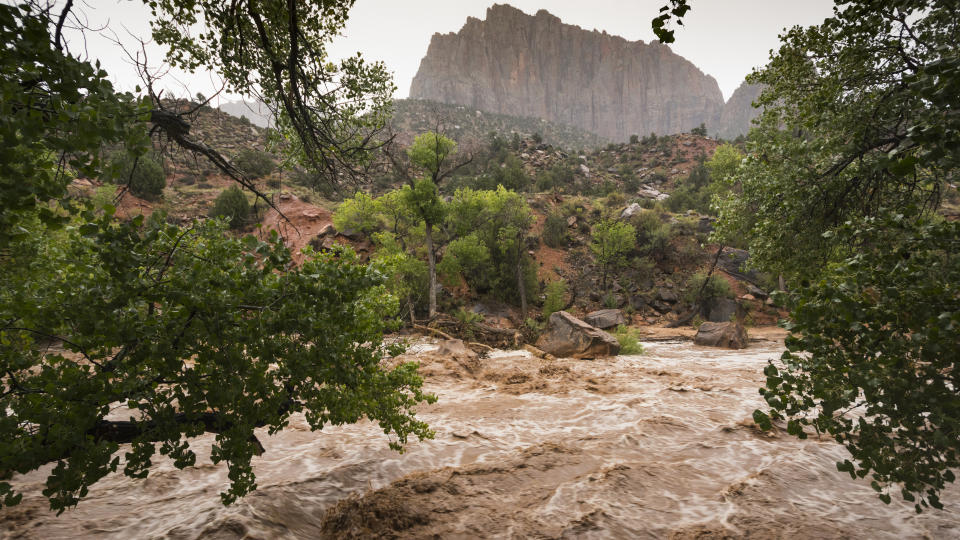
5. Flash floods
Flash flooding can occur in any season, but it’s most common in summer when a heavy monsoon pattern collides with dry earth which is ill-equipped to cope with such a large dose of moisture all at once.
For hikers, flash flooding is of particular concern in desert areas, canyons, and steep ravines where hiking trails can quickly turn into fast-flowing rivers, something a hiker and her dog discovered the hard way last summer when they were swept 300 feet down a canyon.
Flash floods occur in mere minutes, can move at speeds of nine feet per second, and are often the result of rain falling elsewhere so they can take you by surprise. Learn how to stay safe in our article on what makes flash floods so dangerous.

